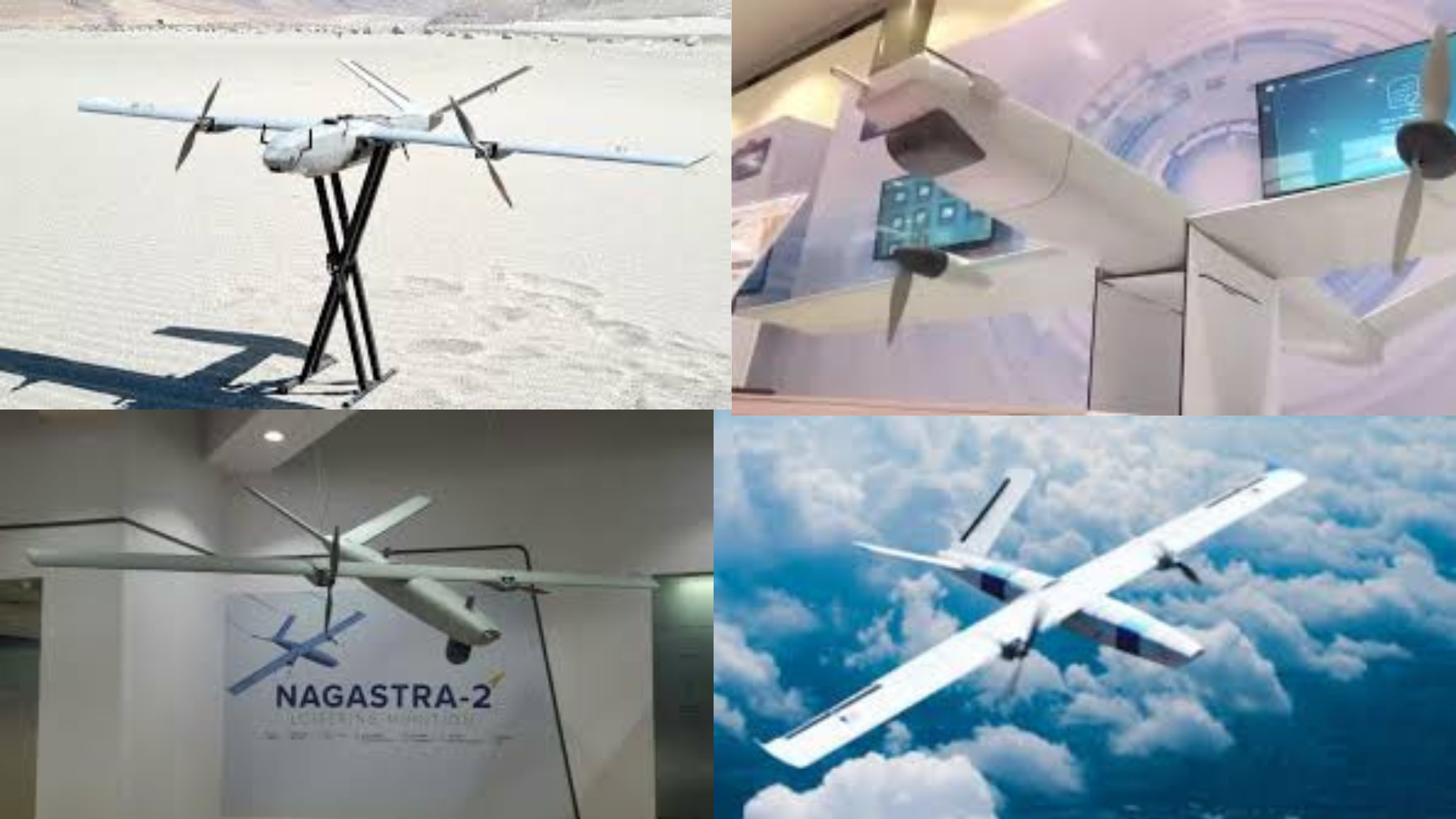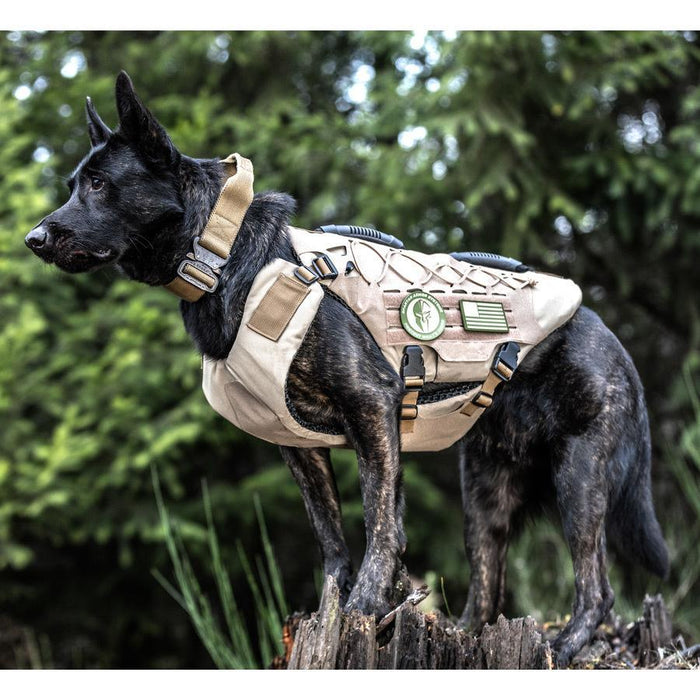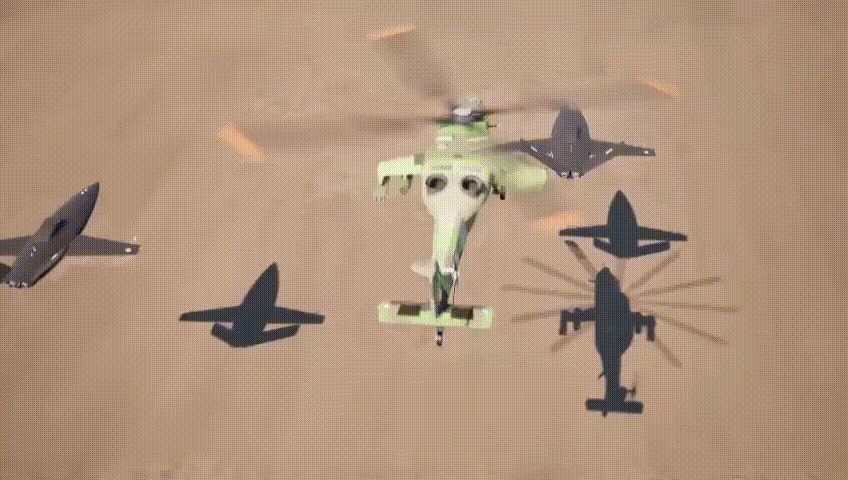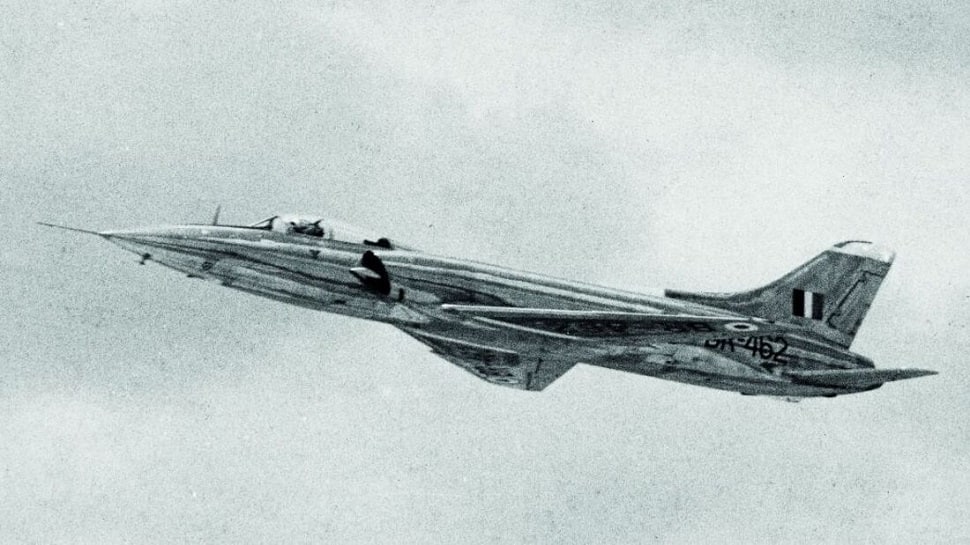SOURCE: AFI


In a landmark advancement for India’s defence and aerospace sector, Solar Defence and Aerospace Limited is preparing to inaugurate a state-of-the-art 1,250-meter-long and 25-meter-wide airstrip dedicated to Unmanned Aerial Vehicles (UAVs), alongside a live munition and warhead testing facility designed for Loitering Munitions and other guided munitions. This significant event, scheduled for March 30, 2025, will be presided over by Prime Minister Narendra Modi during his visit to Nagpur, Maharashtra, highlighting India’s growing prowess in indigenous defence technology.
Located at Solar Defence and Aerospace Limited’s ammunition facility in Nagpur, the newly constructed airstrip and testing range represent a leap forward in India’s capabilities for UAV development and munitions testing. The 1,250-meter runway, tailored specifically for UAVs, will support the takeoff, landing, and operational testing of unmanned systems, including Medium Altitude Long Endurance (MALE) platforms. The accompanying live munition and warhead testing facility will enable rigorous evaluation of advanced weaponry, such as Loitering Munitions—often dubbed “kamikaze drones”—and other precision-guided munitions, ensuring their reliability and effectiveness in combat scenarios.
Continue readingSOURCE: AFI


The Indian Army’s canine warriors, long celebrated for their bravery in counter-terrorist operations and disaster relief missions, are set to receive a significant upgrade in protection and care. Recognizing the invaluable role these dogs play as force multipliers, the Army, through its Remount Veterinary Corps (RVC), is developing advanced protective devices—including lightweight bulletproof vests and smart collars—to mitigate casualties and enhance their operational effectiveness. These innovations aim to address the harsh realities of military service, where dogs face extreme weather, physical exertion, and life-threatening combat environments.
Military dogs have been integral to the Indian Armed Forces, Central Armed Police Forces (CAPFs), and law enforcement agencies for decades. Breeds like German Shepherds, Belgian Malinois, and Labradors excel in roles such as patrolling, explosive detection, search and rescue, and neutralizing threats. Their contributions have been pivotal in operations along the Line of Control (LoC), in counter-insurgency missions in Jammu and Kashmir, and during disaster relief efforts like the 2023 Uttarakhand floods. Some have even served overseas with Indian peacekeeping contingents, earning gallantry awards for their courage.
Continue readingSOURCE: AFI


Significant step forward in Morocco-India relations was marked by a high-profile meeting in New Delhi between His Majesty the King and the Kingdom of Morocco’s Ambassador to India, Mohammed Al Malki, and Mr. Sanjeev Kumar, India’s Secretary (Defence Production). The discussions, held at the Ministry of Defence, centered on deepening cooperation in military industries, reflecting the growing strategic partnership between the two nations. This meeting underscores Morocco’s increasing interest in India’s burgeoning defence sector and India’s commitment to expanding its global defence collaborations.
Ambassador Mohammed Al Malki, representing His Majesty King Mohammed VI, engaged with Mr. Sanjeev Kumar, a key figure in India’s defence production ecosystem, to explore avenues for enhanced military-industrial collaboration. The timing of the meeting—occurring just two days before March 30, 2025—highlights the urgency and priority both nations place on strengthening bilateral ties in this critical domain.
Continue readingSOURCE: AFI


In a significant development for India’s defense sector, commercial vehicle manufacturer Ashok Leyland announced on Friday that its defence business has clinched orders worth over Rs 700 crore from the Indian Army. This milestone not only underscores the company’s enduring partnership with the armed forces but also solidifies its position as a leader in advanced mobility solutions tailored for military applications. The announcement, made on March 28, 2025, highlights Ashok Leyland’s pivotal role in supporting the Indian Army’s operational needs across diverse and challenging terrains.
The contracts encompass a wide array of specialized vehicles designed to meet the Indian Army’s requirements for troop transportation, logistics, and specialized mobility under the Close-in Weapon Systems (CIWS) programme. The vehicles include the rugged Stallion 4×4 and 6×6 trucks, a short chassis bus, and a mobility system travelling platform. Ashok Leyland emphasized that these platforms combine “superior reliability with exceptional off-road capability,” ensuring seamless maneuverability across India’s most demanding landscapes—from the icy heights of the Himalayas to the scorching deserts of Rajasthan.
Continue readingSOURCE: RAUNAK KUNDE / NEWS BEAT / IDRW.ORG


India’s quest for self-reliance in aerospace propulsion is gaining altitude, with the Indian Air Force (IAF) poised to support a revived Kaveri engine program aimed at powering the Tejas Mk1A. This indigenous effort, led by the Gas Turbine Research Establishment (GTRE), seeks to replace the General Electric (GE) F404 engines currently propelling the light combat aircraft.
Speaking to idrw.org, a senior IAF official underscored the strategic logic: with plans to operate a fleet of nearly 220 Tejas Mk1A jets over a 40-year lifespan, the force will need over 700 engines—assuming replacements every 10 years—making a homegrown powerplant both a practical and patriotic choice. Yet, the road to a production-ready Kaveri remains long, with GTRE’s two-step plan hinging on proving a derivative engine before unleashing a more potent Kaveri 2.0.
Continue readingSOURCE: RAUNAK KUNDE / NEWS BEAT / IDRW.ORG


India’s Defence Research and Development Organisation (DRDO) has set the defence community abuzz with a striking poster showcased at a recent event, depicting a single Su-30 MKI fighter jet armed with four RudraM-III air-to-surface missiles in a formidable Heavy Strike Mode configuration—two missiles mounted under each wing.
Developed by DRDO’s Defence Research and Development Laboratory (DRDL) in Hyderabad, the RudraM-III is designed to neutralize heavily fortified military installations, including enemy radar installations, bunkers, buildings, shelters, and other critical infrastructure.
Continue readingSOURCE: RAUNAK KUNDE / NEWS BEAT / IDRW.ORG


Indian Air Force (IAF) prepares to place an order for 97 additional Tejas Mk1A fighter jets from Hindustan Aeronautics Limited (HAL), the focus is shifting toward incremental upgrades rather than sweeping hardware overhauls. This ?67,000 crore deal, following the 2021 contract for 83 Mk1A jets, aims to bolster the IAF’s depleting squadron strength with a platform that balances modernization with production efficiency. The key enhancements for these 97 aircraft will likely be the integration of a Gallium Nitride (GaN)-based Active Electronically Scanned Array (AESA) Fire Control Radar (FCR) and the Astra MkIII missile, alongside a strong emphasis on software upgrades to accommodate locally developed weapons systems.
The GaN-based AESA FCR, a significant leap over the Gallium Arsenide (GaAs)-based systems, promises improved range, target tracking, and resistance to jamming, thanks to its higher power efficiency and thermal performance. However, this upgrade isn’t entirely new to the Tejas Mk1A program. Under the 2021 deal for 73 fighters and 10 trainers, HAL plans to introduce the GaN-based radar starting with the 41st aircraft, expected around 2027-2028, as production ramps up. By extending this upgrade to the 97 new jets, the IAF ensures continuity without necessitating major structural or design changes that could delay deliveries—a lesson drawn from past setbacks in the Tejas program.
Continue readingSOURCE: AFI


The Royal Moroccan Army has recently expressed interest in acquiring India’s next-generation Akash-NG air defense system, according to a report by Hespress, a prominent Moroccan online news outlet. This development follows a visit by an Indian military delegation to the Kingdom, where they showcased a range of advanced military technologies, including Arjun main battle tanks and combat drones. However, it is the Akash-NG system that has captured Morocco’s attention, owing to its impressive performance, cost-effectiveness, and adaptability to modern aerial threats.
The Akash-NG, developed by India’s Defence Research and Development Organisation (DRDO) and manufactured by Bharat Dynamics Limited (BDL) and Bharat Electronics (BEL), is an advanced surface-to-air missile system designed for the Indian Air Force. Capable of intercepting a variety of targets—including fighter jets, drones, and ballistic missiles—at ranges exceeding 70 kilometers, the system stands out for its lightweight design, rapid response time, and direct strike capability. These features make it a compelling option for Morocco, which is seeking to bolster its defenses against evolving aerial threats.
Continue readingSOURCE: AFI


The AL-31F engine, the powerhouse behind India’s Su-30 MKI fighter jets, remains a critical asset in the Indian Air Force’s (IAF) arsenal. Developed by Russia’s NPO Saturn, this turbofan engine has been a cornerstone of Indo-Russian defense cooperation for decades. However, as India seeks to sustain its Su-30 MKI fleet for the next 40 years, questions about intellectual property rights (IPR), reverse engineering capabilities, and Russia’s differing policies toward India and China have come to the forefront. Can Hindustan Aeronautics Limited (HAL) break free from Russian constraints to ensure long-term support for the fleet? And why does Russia appear to guard the AL-31F’s secrets more tightly with India than with China?
Russia has maintained a firm grip on the AL-31F’s intellectual property, particularly in its dealings with India. Under the licensing agreement for the Su-30 MKI program, HAL assembles the AL-31F engines at its Koraput facility in Odisha, producing over 87% of the engine components locally. However, the “hot parts”—the turbine blades, combustion chambers, and advanced metallurgy—remain off-limits. These critical elements are either imported directly from Russia or manufactured using Russian-supplied materials and machinery, with no transfer of technology (ToT) for their independent production. This arrangement ensures that India remains dependent on Russia for spares and technical support, locking HAL into a long-term partnership.
Continue readingSOURCE: AFI


In a significant step toward bolstering its technological edge, the Indian Army has signed a Memorandum of Understanding (MoU) with NewSpace India Limited (NSIL) and the Advanced Data Processing Research Institute (ADRIN) for the design and development of an advanced precision targeting software dubbed “Location Awareness & Knowledge-Based Solution for High-Resolution 3D Layer Archive for Precision Targeting” (LAKSHYA-PT). The agreement, formalized on March 29, 2025, marks a milestone in India’s pursuit of self-reliance in defense technology under the Atmanirbhar Bharat initiative.
LAKSHYA-PT is an indigenously crafted software solution aimed at revolutionizing target acquisition for the Indian Army. Leveraging high-resolution imagery from India’s own satellite network, the system promises sub-decameter accuracy—meaning it can pinpoint targets with precision down to less than 10 meters. This capability is a game-changer for modern warfare, where the ability to strike with pinpoint accuracy can determine the outcome of engagements while minimizing collateral damage.
Continue readingSOURCE: IDRW.ORG


In a striking vision of India’s aerospace future, Harsh Vardhan Thakur, Chief Test Pilot at Hindustan Aeronautics Limited (HAL), recently shared a computer-generated imagery (CGI) video that has set the defense community abuzz. The video, posted on March 28, 2025, depicts the indigenous Light Combat Helicopter (LCH) Prachand flying in formation with HAL’s Warrior Loyal Wingman Unmanned Combat Aerial Vehicles (UCAVs).
This cinematic showcase hints at a transformative leap for the Indian Air Force (IAF) and Indian Army: the integration of manned and unmanned platforms operating in tandem, with the LCH Prachand potentially serving as a mothership for the Warrior UCAVs.
Continue readingSOURCE: IDRW.ORG


In a recent interview with Indian Defence Research Wing (idrw.org), an Indian Air Force (IAF) official expressed strong confidence in the forthcoming upgrades to the Su-30MKI, asserting that the enhanced fighter jet will decisively outclass the Chinese J-35A stealth aircraft, particularly in the hands of the Pakistan Air Force (PAF). The official highlighted that while the J-35A may incorporate stealth measures to reduce its radar signature, it falls short of being a true stealth jet capable of challenging the upgraded Su-30MKI, equipped with the indigenous Virupaksha radar and Astra MkIII missile.
The backbone of the IAF’s fighter fleet, the Su-30MKI, is set to undergo a transformative upgrade under the “Super Sukhoi” program, featuring the Virupaksha—a Gallium Nitride (GaN)-based Active Electronically Scanned Array (AESA) radar with an impressive 2,400 Transmit/Receive Modules (TRMs). Paired with the Astra MkIII beyond-visual-range (BVR) missile, this combination is poised to deter any Pakistani pilot flying the J-35A from testing the limits of Chinese stealth technology.
Continue readingSOURCE: AFI


Hindustan Aeronautics Limited (HAL), India’s state-owned aerospace and defense company, found itself under renewed scrutiny in Parliament on Thursday, March 27, 2025. Already grappling with backlash over significant delays in the production of the indigenous Tejas fighter jets and the grounding of over 330 Dhruv Advanced Light Helicopters (ALHs) for safety checks following a crash on January 5, HAL faced a barrage of criticism from the parliamentary committee on public undertakings. The committee’s scathing report highlighted prolonged project timelines, escalating costs, and missed strategic opportunities, accusing HAL of systemic inefficiencies that undermine its ability to meet the operational demands of India’s armed forces.
HAL’s flagship Tejas Light Combat Aircraft (LCA) program, intended to bolster the Indian Air Force’s (IAF) fighter fleet with a homegrown solution, has been plagued by delays since its inception. Despite achieving initial operational clearance in 2013 and full operational clearance in 2019, the delivery of Tejas jets has consistently fallen short of timelines, leaving the IAF reliant on aging aircraft like the MiG-21. The committee pointed to poor planning and execution as key factors, noting that the delays have compromised India’s defense preparedness at a time of heightened regional tensions.
Continue readingSOURCE: AFI


In the annals of Indian aviation history, few stories are as poignant—or as frustrating—as the saga of the HF-24 Marut, India’s first indigenously designed jet fighter, and its eventual sidelining in favor of the British-built SEPECAT Jaguar strike aircraft. Recent revelations have shed new light on this episode, highlighting the irony that many Indian Air Force (IAF) pilots who transitioned from the HF-24 to the Jaguar found the latter inferior in certain critical roles, particularly as a low-level strike aircraft.
This decision not only marked the end of the HF-24 program but also led to the resignation of its brilliant designer, Dr. Raj Mahindra, whose departure signaled the demise of purely Indian-designed combat aircraft until the Light Combat Aircraft (LCA) Tejas program decades later. The episode remains a stark reminder of the institutional shortsightedness that has, at times, hampered India’s quest for self-reliance in defence aviation.
Continue readingSOURCE: AFI


On March 28, 2025, the Indian Army took a significant step into the future of tactical warfare with the successful trial of indigenous First-Person View (FPV) drones equipped with explosive payloads. Developed in-house by Major Cephas Chetan of the Fleur-De-Lis Brigade, in collaboration with a team from the Terminal Ballistics Research Laboratory (TBRL) in Chandigarh, led by Dr. Raghvendra, this kamikaze drone marks a historic milestone.
With an initial batch of five drones inducted and 95 more in procurement, each costing ?1.4 lakh, the Army is dipping its toes into a technology that’s reshaping battlefields globally. Yet, these numbers feel modest—too modest—for a capability that could redefine India’s military edge if scaled ambitiously to, say, 100,000 units.
Continue reading